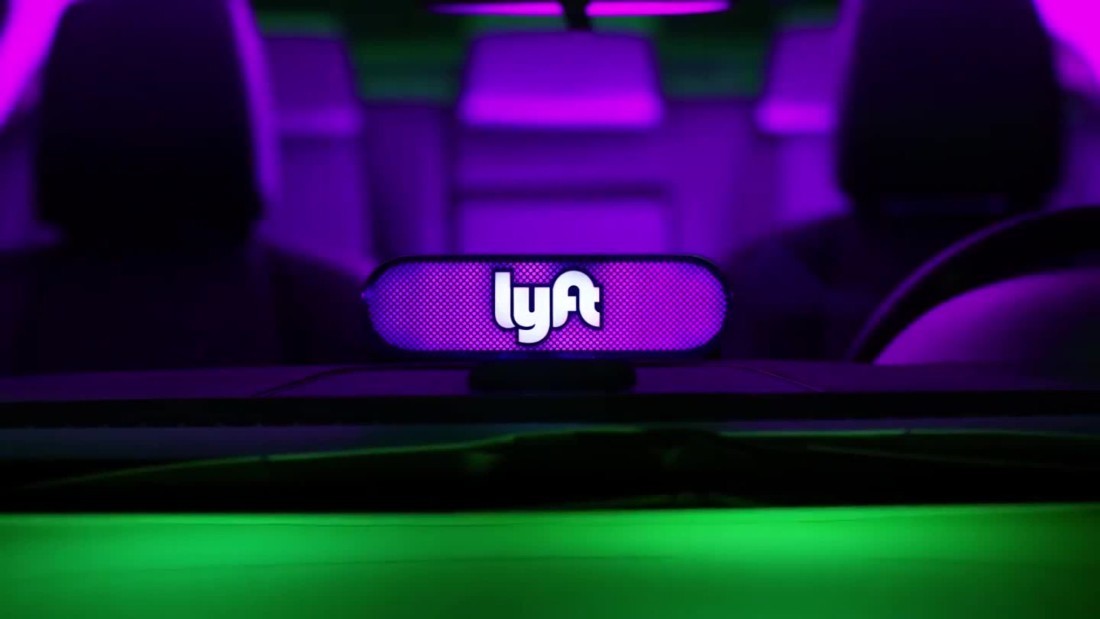As of last Tuesday, Lyft has gone international by officially offering their ride-sharing service in the Greater Toronto Area.
Up to this point, Lyft has focused on U.S. expansion, now available in 300 U.S. cities. The move to operate in Canada’s largest city is a big step forward for the company, according to Lyft’s Toronto general manager Tim Houghton.
Lyft will offer service between Hamilton and Oshawa, Ontario and as far north as Newmarket, Ontario.
Uber, Lyft’s greatest competitor, has already been operating in Canada for five years and they boast of approximately 32,000 drivers to date in Toronto.
But their success hasn’t stopped Lyft from taking on the competition. Already more than 50,000 people in Toronto have downloaded the Lyft app this year before the service had even become available so there is clearly an interest.
“Passengers want another option and drivers know that Lyft was built on caring for its driver community and want that experience,” Houghton said
Before deciding on which brand to choose, here’s a breakdown of the two ride-sharing services:
Coverage:
Between the two companies, it’s pretty clear that Uber has aggressively expanded beyond U.S. borders— available in 58 countries. Lyft just recently crossed into Canadian territory.
Pricing:
Both services charge around the same amount: $1.00 to start a ride, $1.50 per mile, and 0.25 cents per minute. The only factor that might make a significant price difference would be during peak times. For Uber, the price can multiply by seven or eight times. For Lyft, pricing has been reported to multiply by two times at the most. Most will choose Lyft during times of high demand since the peak price won’t hit the multiples that Uber does.
BONUS: Lyft is offering $5 off your first ride and round-up-based donations to the SickKids Foundation to mark their launch.
Vehicle:
This is one of the biggest factors that has set the two apart. Uber offers more vehicle options: UberPOOl, UberX, UberXL, UberSELECT, UberBLACK, and UberSUV. Lyft has similar options but has only four different vehicles available.
Customer Support:
Both Uber and Lyft offer similar methods of customer service that includes: email, in-app service, website support, critical response lines, etc. that are pretty quick. Lyft, however, seems to provide personalized answers. Uber often provides general responses that may or may not get to the issue of the question.
Drivers:
The two services also cater to different consumers. Uber has come to be known as the business professional ride-sharing service. Drivers are very much there to provide you with a service with little to no conversation in between. Lyft, on the other hand, is aiming to offer a friendly service with much social interaction. The fun and relaxed ride-sharing service also participate in themed rides like sports or even movie-themed. Depending on your personality, it may be good to consider what type of ride is best for you before ordering your car.


